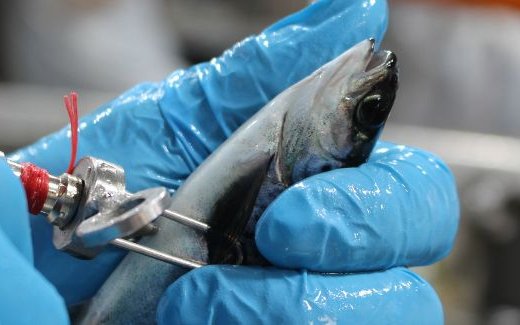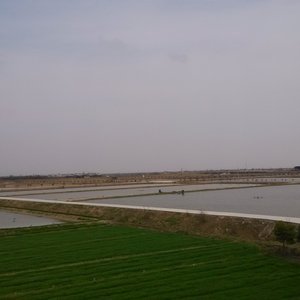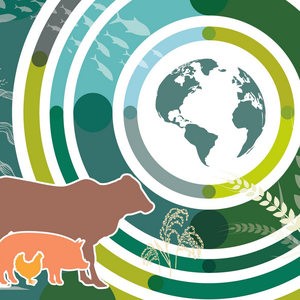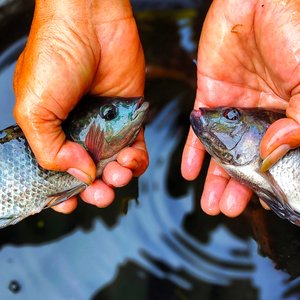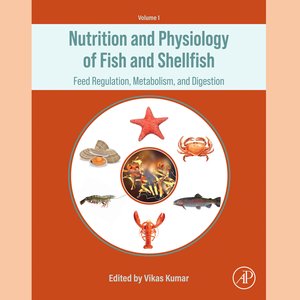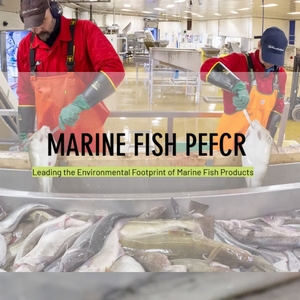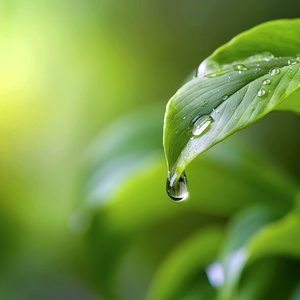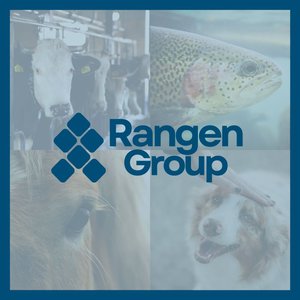Chile's National Fisheries and Aquaculture Service (Sernapesca), the public entity that oversees the national aquaculture industry, presented its health and antimicrobial/antiparasitic use reports for salmon farming for the year 2024.
The health report includes a production analysis for fresh and marine water, mortality indicators, and results from disease surveillance and control programs for closed cycles in 2024, emphasizing stable mortality levels compared to previous years.
In freshwater, the main cause of mortality for the three salmon species (Atlantic salmon, rainbow trout, and coho salmon) is associated with productive culling. Meanwhile, in the marine grow-out stage, Piscirickettsiosis is the main cause of infectious mortality for Atlantic salmon, while for rainbow trout and coho salmon, productive culling remains the primary reason.
Although mortality rates remained stable compared to the previous year, there was a peak in January due to environmental events recorded in the Los Lagos and Aysén regions, involving low oxygen levels and harmful algal blooms (HABs).
"The health report underscores our country's condition regarding the nine high-risk diseases listed by the WOAH, as Chile only has the presence of ISA virus, with no confirmed cases of other HPRs recorded in 2024. This reflects the high biosecurity standards and effectiveness of the disease surveillance and control programs maintained by Sernapesca," commented Sernapesca national director, Soledad Tapia.
Regarding the Report on Antimicrobial and Antiparasitic Use, despite a downward trend, there was a slight increase of 3.6% in seawater during the first half of 2024. This is linked to environmental events of low oxygen and harmful algal blooms (HABs) in the Aysén and Los Lagos regions, which cause stress and predispose fish to disease outbreaks.
In this context, Tapia highlighted the results obtained through PROA-Salmón, a voluntary program that certifies cycles where antimicrobial use has been optimized or completely eliminated.
"We see that the general Antimicrobial Consumption Index (ACI) for closed cycles in seawater is 302.33 grams per ton, but in cycles certified by PROA-Salmón, this figure drops by over 90% to an average of 18.92 grams per ton, even lower than cycles certified the previous year," said Tapia.
In 2024, 13 companies participated in PROA-Salmón, and 28.7% of the total harvested tons were certified, representing nearly a third of national production, with 34% of these not using antimicrobials.
As for antiparasitic use, there was an 11.5% reduction, decreasing from 4.85 grams per ton to 4.29 grams per ton, including the active ingredients hexaflumuron, azamethiphos, emamectin benzoate, and deltamethrin.
This year's report separately analyzed the consumption index of hydrogen peroxide due to an increase in its use for Caligus treatment compared to 2023, rising from 5,150.8 grams per ton to 10,890.3 grams per ton, showing an increase in the use of non-pharmacological treatments as an alternative for Caligus control.
Check out the report here (in Spanish).


